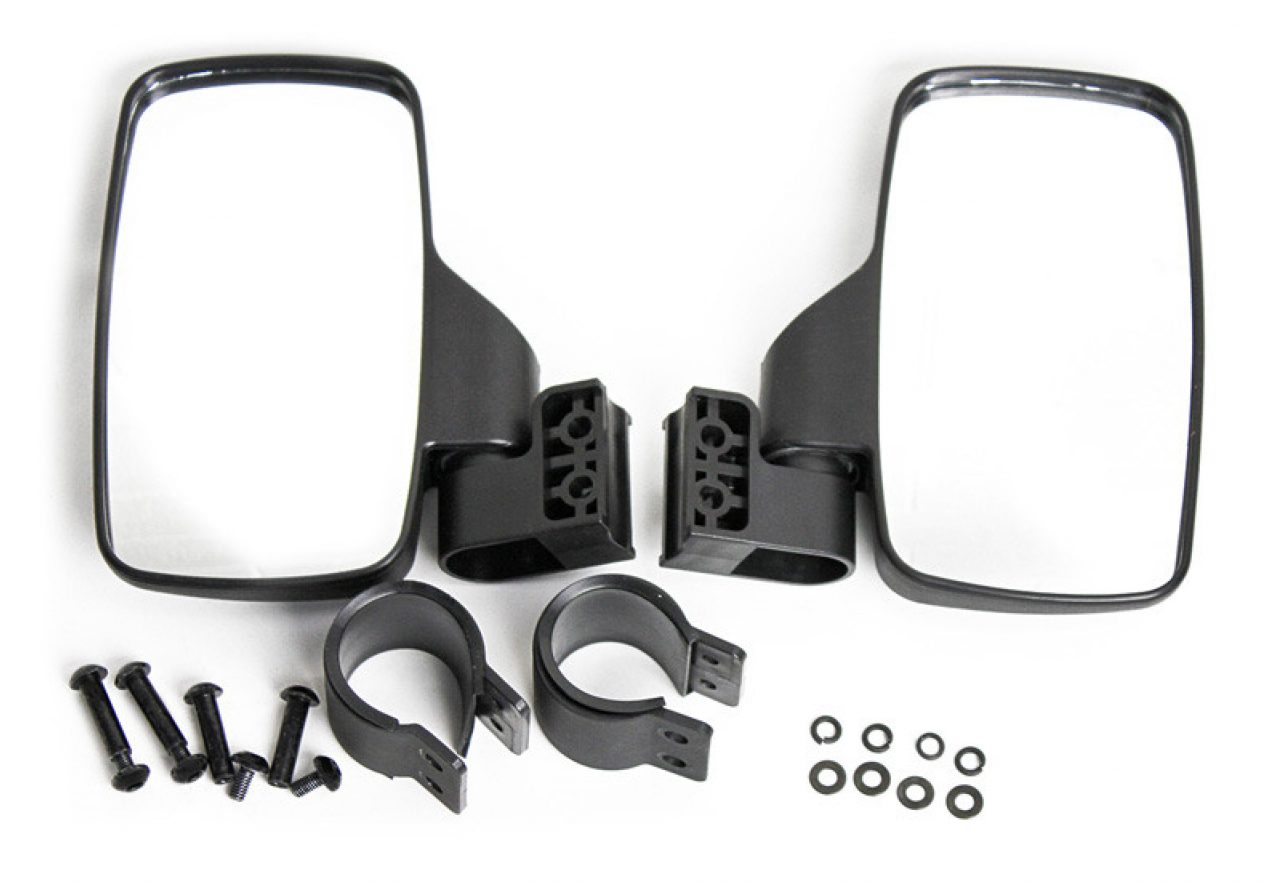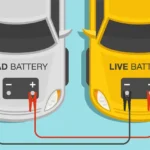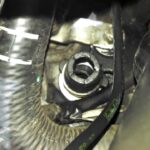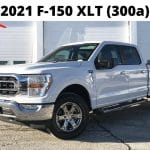what are dual side mirrors
Dual side mirrors, or wing mirrors, are the pair of mirrors on a vehicle’s exterior that provide a view of surrounding areas, enhancing safety and convenience. They’ve evolved to offer motorized adjustments and smart features for better functionality.
In the world of automobiles, the significance of side mirrors cannot be overstated. These small yet crucial components play a pivotal role in ensuring the safety and convenience of drivers. However, in recent years, we’ve witnessed a notable evolution in side mirrors, particularly with the emergence of dual side mirrors. In this article, we’ll delve into what are dual side mirrors, their functions, benefits, and types, and even explore how they work. So, buckle up as we take a closer look at these essential automotive accessories.
What Are Dual Side Mirrors?
Let’s start by clarifying the concept of dual side mirrors. These mirrors, often referred to as wing mirrors or simply side mirrors, are the pair of mirrors mounted on the exterior of a vehicle, one on each side. Their primary function is to provide the driver with a view of the areas around and behind the vehicle that are not visible through the rearview mirror or directly through the windows.
The evolution of side mirrors in the automotive industry has led to the development of dual side mirrors. These mirrors are designed to serve the same fundamental purpose but with added functionality and convenience. Dual side mirrors can be found on a wide range of vehicles, from compact cars to large trucks and even motorcycles.
Benefits of Dual Side Mirrors
Now that we have a basic understanding of what dual side mirrors are, let’s explore the benefits they offer to drivers:
Improved Visibility
One of the primary advantages of dual side mirrors is improved visibility. These mirrors are strategically positioned to reduce blind spots, those areas around the vehicle that are not visible to the driver using the rearview mirror or by turning their head. With dual side mirrors, drivers can have a better view of what’s happening around their vehicle, making lane changes and merging onto highways safer and more convenient.
Moreover, improved visibility translates to enhanced safety. Being able to see approaching vehicles or cyclists on the side of your car can help prevent accidents and collisions. Dual side mirrors contribute significantly to overall road safety, which is a paramount concern for both drivers and manufacturers.

Convenience and Ease of Use
Dual side mirrors are not just about safety; they also offer convenience and ease of use. Parking, especially in tight spaces, can be a challenging task. Dual side mirrors make it easier for drivers to navigate parking lots and parallel park on city streets. By adjusting the mirrors to get a better view of the curb or obstacles, drivers can confidently maneuver their vehicles into position without the need for constant head-turning.
Similarly, when changing lanes on a busy highway, dual side mirrors provide a clear view of adjacent traffic, reducing the need to rely solely on the rearview mirror or over-the-shoulder checks. This added convenience makes driving a more comfortable and less stressful experience.
Aesthetic Appeal
In addition to their functional benefits, dual side mirrors also contribute to the aesthetic appeal of vehicles. Modern automotive design trends emphasize sleek and stylish exteriors, and dual side mirrors play a role in achieving this look. Manufacturers often offer customization options for mirrors, allowing vehicle owners to choose designs and finishes that complement the overall aesthetics of their cars.
The integration of dual side mirrors into the vehicle’s design is not just about looking good; it’s also about optimizing aerodynamics, which can improve fuel efficiency. Smoother, more streamlined mirror designs reduce air resistance, making the vehicle more fuel-efficient by decreasing drag.
Types of Dual Side Mirrors
Now that we’ve discussed the advantages of dual side mirrors, let’s explore the different types available:
Traditional Dual Side Mirrors
Traditional dual side mirrors are the most basic type and have manual adjustment capabilities. These mirrors require the driver to physically adjust them by hand from inside the vehicle. While they lack the advanced features of their smart counterparts, they still serve their fundamental purpose effectively.
Smart Dual Side Mirrors
On the other end of the spectrum, we have smart dual side mirrors. These mirrors are equipped with motorized adjustment mechanisms, allowing drivers to electronically control the mirror angles from inside the vehicle. Smart mirrors often come with integrated technologies such as blind-spot detection and auto-dimming features.
Blind-spot detection systems use sensors to monitor the areas around the vehicle and alert the driver if there’s a vehicle or object in their blind spot. This additional layer of safety is especially valuable when changing lanes on busy highways or in heavy traffic.
Auto-dimming features in smart mirrors automatically adjust the mirror’s brightness based on the intensity of headlights from vehicles behind, reducing glare and enhancing nighttime driving comfort.
Folding Dual Side Mirrors
Another type of dual side mirror is the folding mirror. These mirrors are designed to fold inward, either manually or electronically, when the vehicle is parked or when navigating through narrow spaces. Folding mirrors are particularly useful in tight parking spots or when passing through narrow alleyways, reducing the risk of mirror damage.
How Dual Side Mirrors Work
Understanding how dual side mirrors work involves looking at both their mechanical and electrical components:
Mechanical Components
- Mirror Glass: The actual mirror surface is typically made of glass and is designed to reflect light, providing a clear image of the surrounding area.
- Housing: The mirror glass is encased in a housing, which is securely attached to the vehicle’s exterior. The housing protects the mirror from the elements and provides stability.
- Adjustment Mechanisms: In traditional dual side mirrors, manual adjustment is achieved through a mechanical lever or knob located inside the vehicle. For smart mirrors, motorized adjustment mechanisms control the mirror’s position electronically.
Electrical Components (for Smart Mirrors)
- Motors: Smart mirrors are equipped with small electric motors that control the movement of the mirror glass. These motors respond to input from the driver’s adjustment controls.
- Sensors: Blind-spot detection systems rely on sensors, such as radar or ultrasonic sensors, to monitor the area around the vehicle. These sensors detect the presence of other vehicles and trigger visual or auditory alerts for the driver.
- Control Systems: Smart mirrors are integrated into the vehicle’s electrical system and can be controlled through the vehicle’s dashboard or a dedicated control panel. The control systems ensure precise mirror adjustments and manage additional features like auto-dimming.

Maintenance and Care Tips
Proper maintenance of dual side mirrors is essential to ensure their functionality and longevity. Here are some maintenance and care tips:
Cleaning Dual Side Mirrors: Regularly clean the mirror glass to remove dirt, dust, and debris that can obstruct your view. Use a soft cloth or microfiber towel to avoid scratching the glass. Avoid using abrasive cleaners or rough materials.
Adjusting the Mirrors: Take the time to adjust your mirrors correctly for optimal visibility. This is particularly important when you first start driving a new vehicle or if someone else has been driving the car.
Common Issues and Troubleshooting: Keep an eye out for common issues, such as loose mirrors or malfunctioning adjustment motors. If you notice any problems with your dual side mirrors, consult your vehicle’s owner’s manual or seek professional assistance for repairs.
Future Trends in Dual Side Mirrors
As technology continues to advance in the automotive industry, we can expect to see several exciting trends in dual side mirrors:
Integration with Advanced Driver-Assistance Systems (ADAS): Dual side mirrors are becoming an integral part of ADAS, working in tandem with sensors and cameras to enhance safety. These systems will likely continue to evolve, providing even more advanced features such as predictive lane-change assistance.
Aerodynamic Designs for Improved Fuel Efficiency: Manufacturers are focusing on making vehicles more aerodynamic to improve fuel efficiency. This includes designing sleeker, more streamlined dual side mirrors that reduce wind resistance, ultimately saving fuel.
Eco-Friendly and Sustainable Materials: The automotive industry is increasingly incorporating eco-friendly and sustainable materials into mirror design and manufacturing. This trend aligns with the growing emphasis on sustainability in the automotive sector.
Conclusion
Dual side mirrors are a critical component of modern vehicles, offering improved visibility, convenience, and even aesthetic appeal. Whether you have traditional manual mirrors or advanced smart mirrors with high-tech features, these essential accessories play a vital role in ensuring your safety on the road.
Proper care and maintenance of your dual side mirrors are essential to keep them functioning optimally. As technology continues to advance, we can anticipate even more exciting developments in the world of side mirrors, further enhancing their functionality and safety benefits. So, the next time you adjust your dual side mirrors before hitting the road, remember the valuable role they play in making your journey safer and more comfortable.
FAQ:
What are the two mirrors on a car called?
The two mirrors on a car are called “side mirrors” or “dual side mirrors.”
Did cars always have two side mirrors?
No, cars didn’t always have two side mirrors. Some older vehicles had only one, typically on the driver’s side.
What is the difference between driving mirror and side mirror?
The driving mirror, also known as the rearview mirror, is positioned inside the car and provides a view of the rear. Side mirrors, on the other hand, are mounted externally and offer views of the sides and rear sides of the car.
Are both side mirrors the same?
No, both side mirrors are not the same. They are typically symmetrical, but the passenger-side mirror is usually convex to provide a wider field of view, while the driver’s side mirror is flat for accurate distance perception.


















